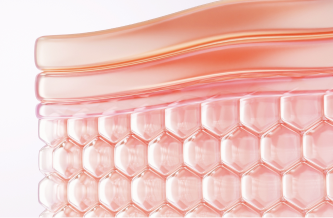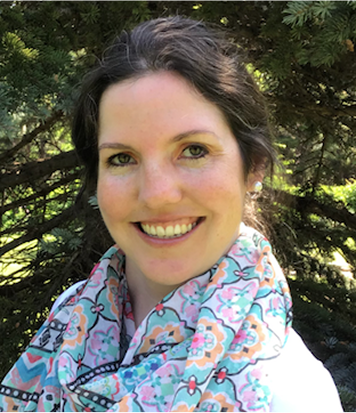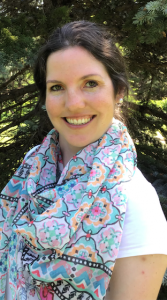Burn injuries are common and cause painful scarring that can result in psychological distress. It is a priority for both Burn Survivors and burn care providers to find ways to reduce the scarring. Until now there has been little research on what is the best anti-scar treatment (AST). Currently the treatments for scars are either painful injections into the scar or the use of uncomfortable and itchy compression garments and silicone gel sheets. Two main challenges to find the best AST are: i) the lack of clear ways of measuring the scar and ii) not enough people at each burn centre to study. We propose to overcome these obstacles by bringing together burn survivors, caregivers and researchers from across Canada. Once promising AST are identified this group will design and conduct trials comparing different AST at multiple burn units in Canada. This will allow us to study a large number of participants in a variety of settings to find the best AST and which people it works best in. These studies will also provide important information on how burn scars change, and the differences between the sexes as they heal. By building the infrastructure evaluating AST in this way we will also create a foundation for Canada to be a world leader in evaluating scar treatments and provide an excellent learning environment for trainees and new investigators. This project has the potential to significantly improve care and quality of life for burn survivors in Canada.
project details
Development of multicentre Burn Platform adaptive Trials team
The University of Manitoba
8 Sites
WPG, QC, ON, BC, AL

Sarvesh Logsetty
Position: Member
view our other projects
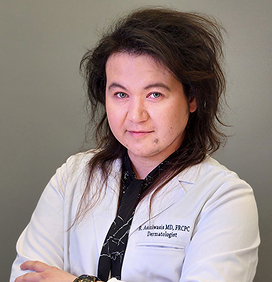
East-West national Indigenous atopic dermatitis community and research collaborative core seed working group
First Nations University of Canada
4 Sites
SK, QC, MB

Surgical management of hidradenitis suppurativa with deroofing vs wide local excision: a multi-centre retrospective cohort study
University of Toronto, Women’s College Hospital
4 Sites
ON, QC, BC, AL

Establishing a National Registry and Biobank for Hereditary Leiomyomatosis and Renal Cell Cancer (HLRCC)
McGill University Health Centre
5 Sites
QC, ON, BC

The Development of a Psychodermatology Risk Assessment Tool: Improving Care for Patients with Atopic Dermatitis and Other Psychodermatologic Conditions
The University of Alberta, Kaye Edmonton Clinic
2 Sites
AL, QC

Development of a multi-center research team to explore the potential of anti-mesothelin 1 gene therapies for fibrotic scleroderma
The University of British Columbia
3 Sites
BC, AL, QC

A New Patient-Researcher Partnership for Research on Itch inSystemic Sclerosis
Lady Davis Institute for Medical Research
6 Sites
ON, QC
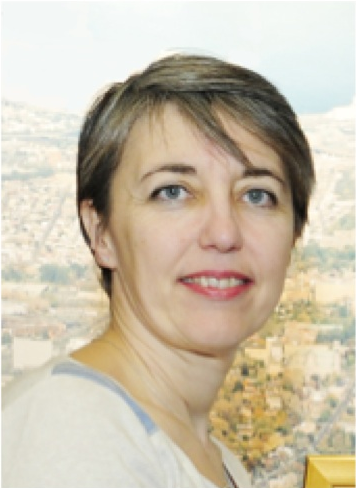
Setting up the conditions for the biobanking of tissues and cells from hypertrophic scars
Université Laval
2 Sites
MB, QC

Hidradenitis Suppurativa in Diverse Patient Populations: Multicenter Pilot Project to Assess Disease Characteristics and Access to Biologic Therapy
Sunnybrook Research Institute
7 Sites
MB, QC, ON
